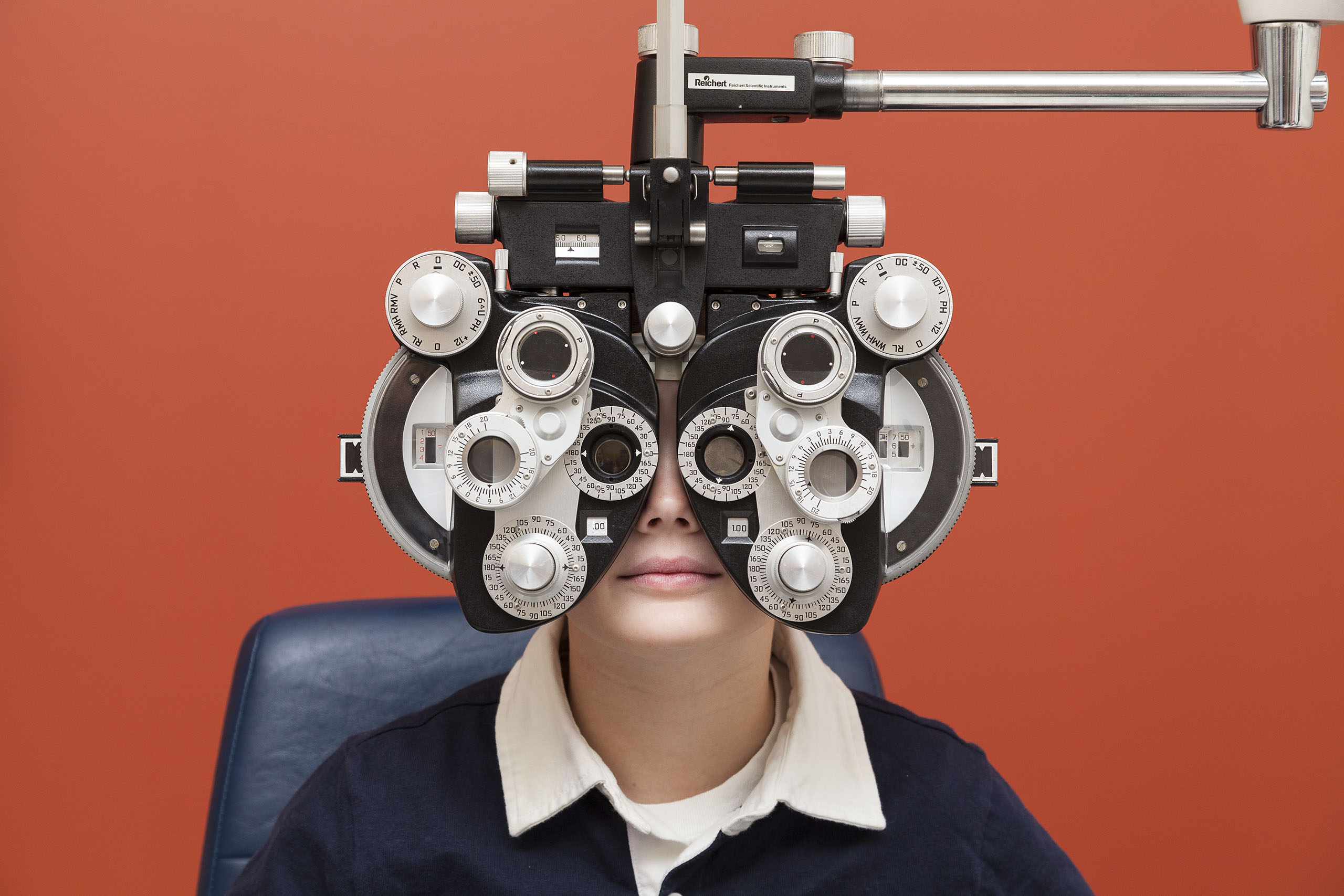Adaptive Sensory Technology (AST) is inventing new ways to evaluate and monitor health. We believe that precision testing will improve clinical research, clinical trials, and clinical practice for eye care.
Precision tools enable us to capture data, see trends, and closely monitor change. To safeguard our health, it’s important to have better signals of what’s happening over time.

Figure 1
Vision charts test one aspect of visual performance: acuity.
AST is developing a new platform to assess everyday functional vision. Our work began as a lab project in basic vision science to improve how visual changes are detected in research experiments. We’re translating the results of that work—software, hardware, and data analytics—to products for clinical vision testing.
Clinicians understand the importance of testing different aspects of visual performance: acuity and contrast sensitivity. Acuity reflects the limits of seeing fine details and contrast sensitivity reflects the limits of seeing faint details. Testing these abilities in isolation—by changing either the size or contrast of targets—provides an incomplete view of vision. Testing all patients with the same vision chart further limits the resolution on individual changes in vision.
We present a new perspective with the AST Manifold® Platform, built on a powerful, quantitative framework from our work in basic vision science. The Contrast Sensitivity Function (CSF) represents the dual aspects of vision that are currently assessed by testing of acuity and contrast sensitivity. We employ a Bayesian adaptive framework—based on the quantitative CSF or qCSF algorithm—to assess the full contrast sensitivity function by precisely focusing testing to each person’s vision. Rather than test acuity with small, high-contrast targets or test peak contrast sensitivity with large, low-contrast targets, we carefully test functional vision using a full range of personally optimized combinations of size and contrast.
The previous test history is used to build a personalized visual profile. The core algorithm uses this profile to search for the optimal combinations of spatial frequency and gray-level contrast modulation to measure the contrast sensitivity function (contrast sensitivity to a full range of coarse to fine spatial patterns). The method enables more precise testing, more quickly, with more accurate results.
A natural application of the Manifold® Platform is in clinical trials, which share a common goal with clinical practice: to detect the signals of visual change. Noisy endpoints, which mask the potential signals of a treatment response, result in longer trials and larger sample sizes. They are major obstacles to drug discovery, by decreasing efficiency and increasing cost.
Sample size is fundamentally determined by the signal-to-noise ratio of the endpoint. Improving endpoint sensitivity effectively boosts the treatment signal, and improving endpoint precision reduces the noise. Doing both will dramatically increase the critical signal-to-noise ratio, reduce sample sizes, and improve the efficiency of early-stage trials. Tightening the drug discovery cycle would potentially transform clinical trials for eye care.
The precision platform provided by Manifold® holds potential to support drug and device development throughout the entire discovery cycle—from bench to bedside—enabling the identification of better therapeutic targets, earlier interventions, and better monitoring of treatment response and disease progression.